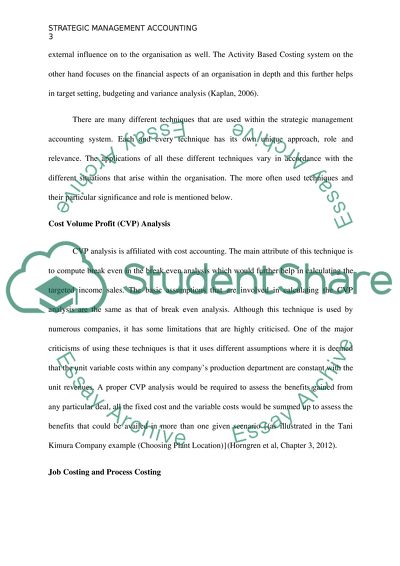Cite this document
(“Strategic Management Accounting Essay Example | Topics and Well Written Essays - 1750 words”, n.d.)
Retrieved from https://studentshare.org/finance-accounting/1430405-strategic-management-accounting-techniques-and
Retrieved from https://studentshare.org/finance-accounting/1430405-strategic-management-accounting-techniques-and
(Strategic Management Accounting Essay Example | Topics and Well Written Essays - 1750 Words)
https://studentshare.org/finance-accounting/1430405-strategic-management-accounting-techniques-and.
https://studentshare.org/finance-accounting/1430405-strategic-management-accounting-techniques-and.
“Strategic Management Accounting Essay Example | Topics and Well Written Essays - 1750 Words”, n.d. https://studentshare.org/finance-accounting/1430405-strategic-management-accounting-techniques-and.


